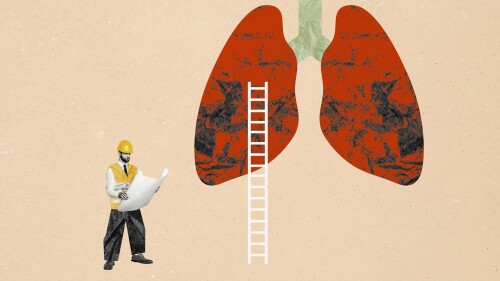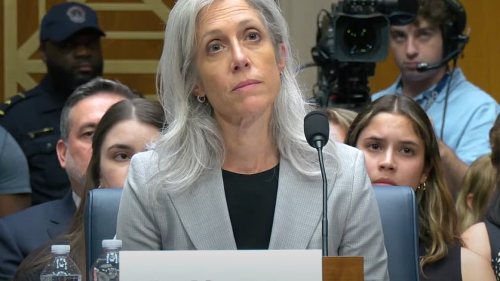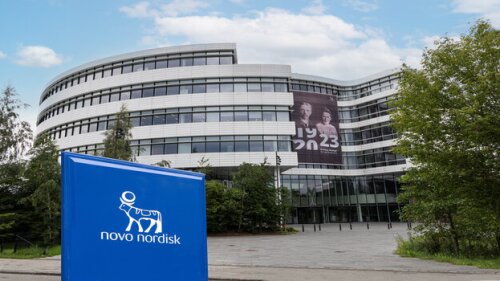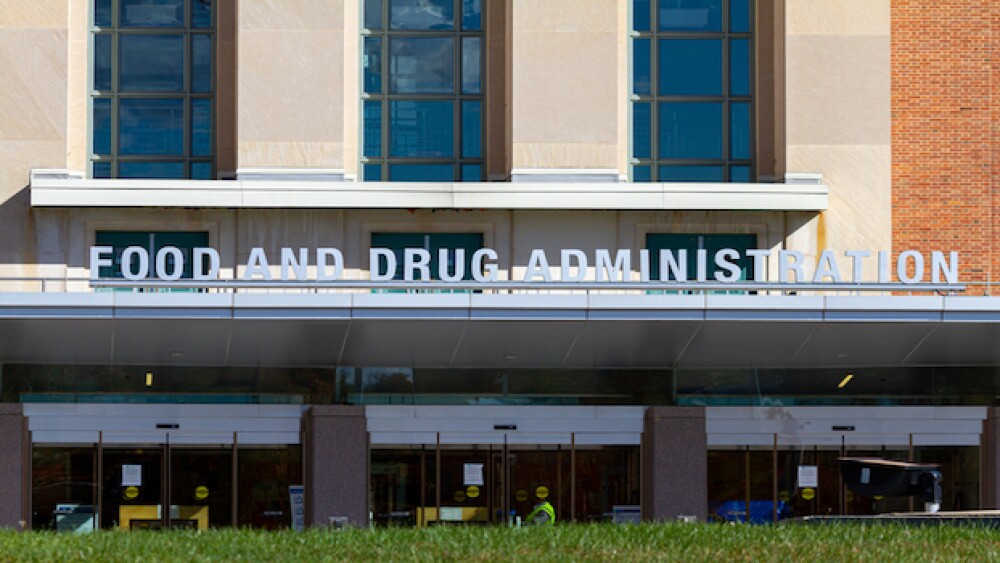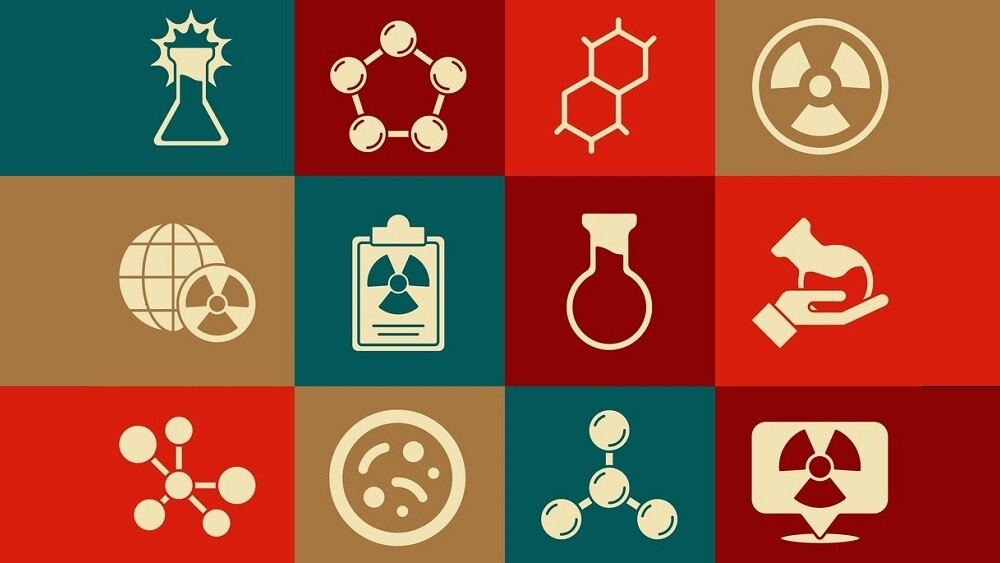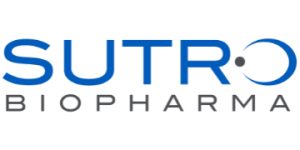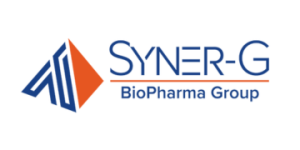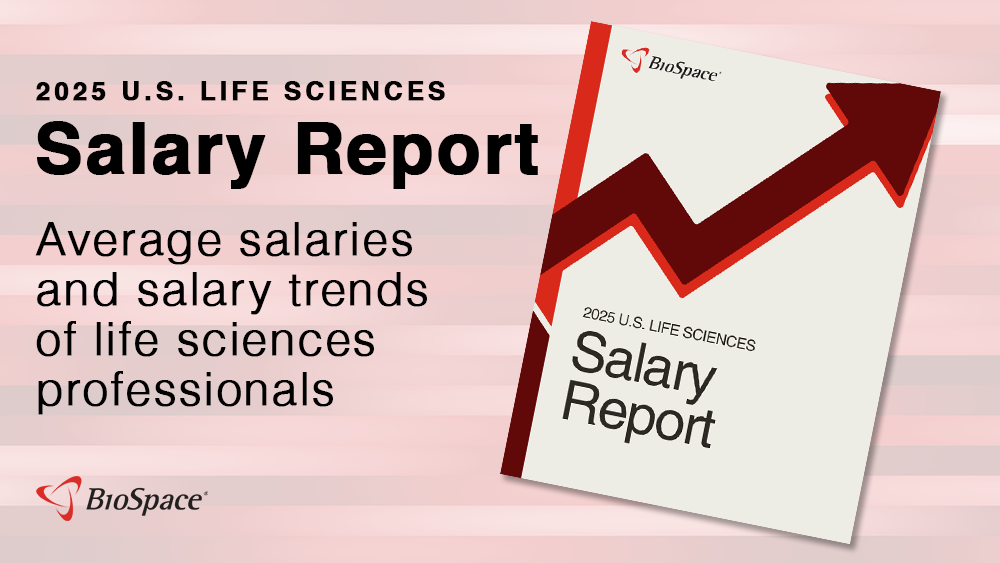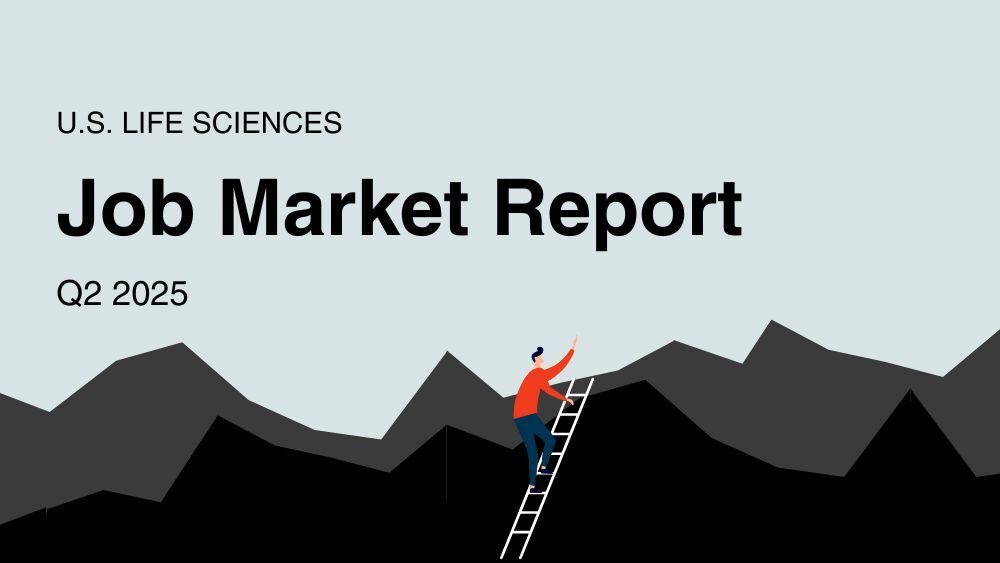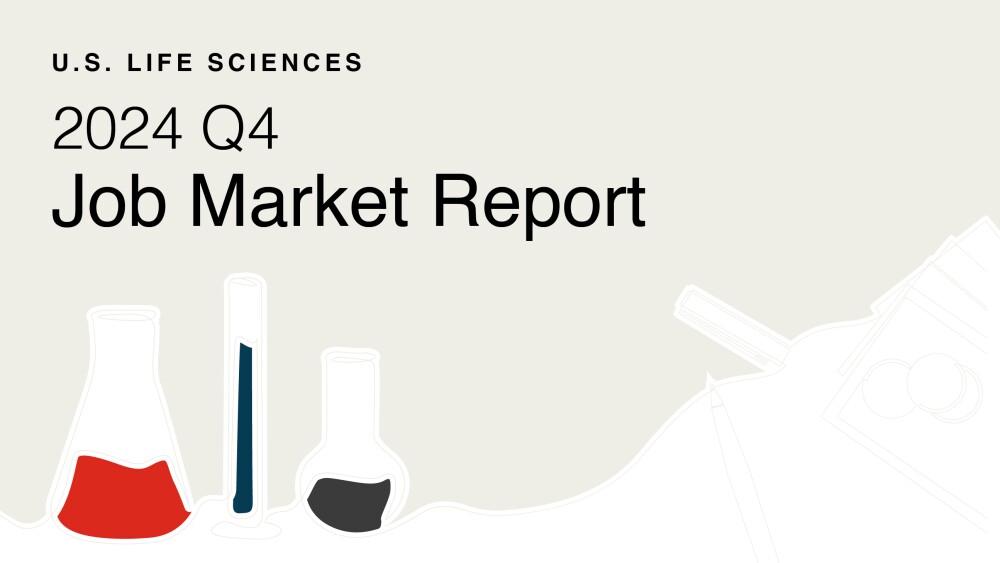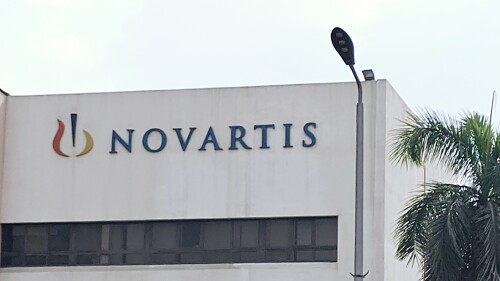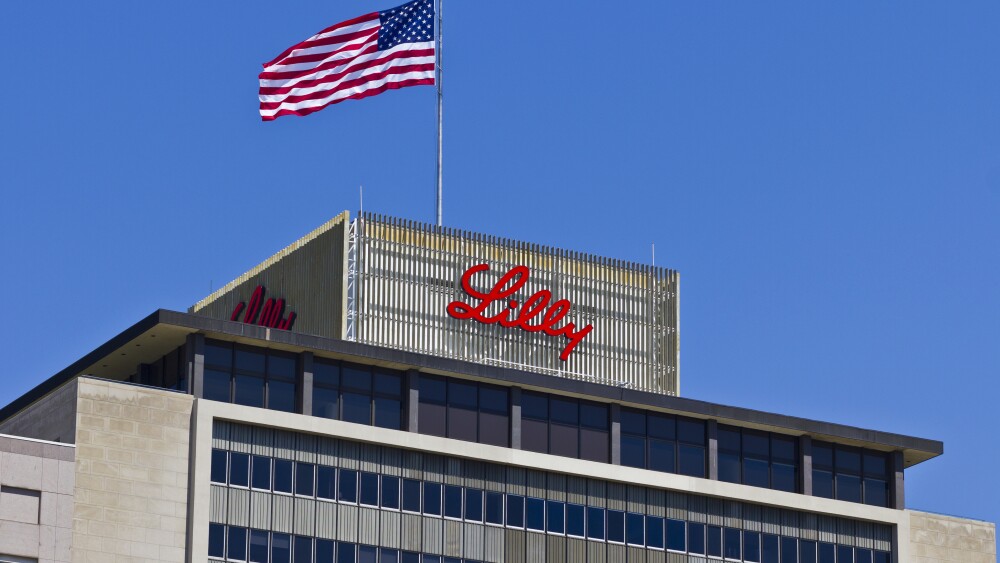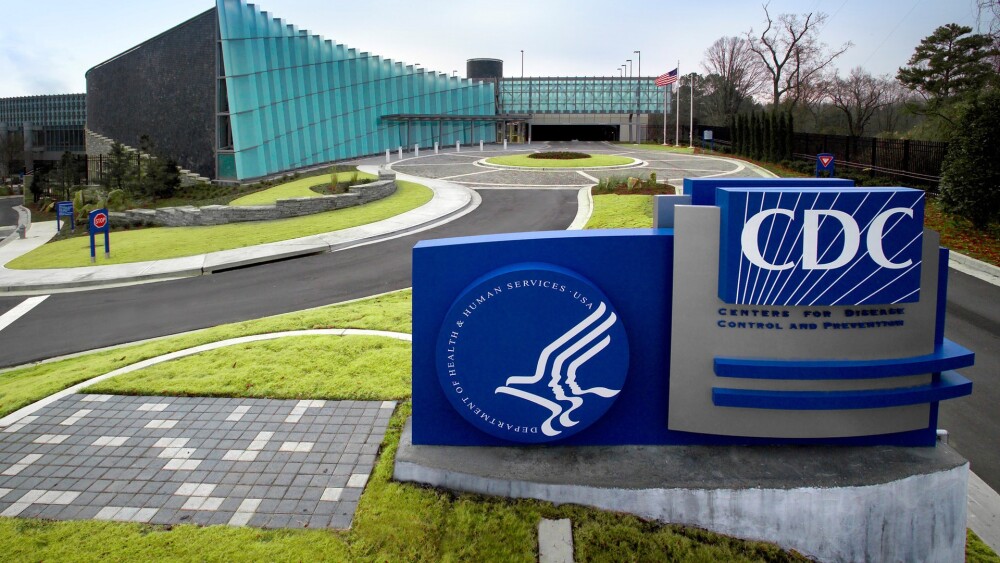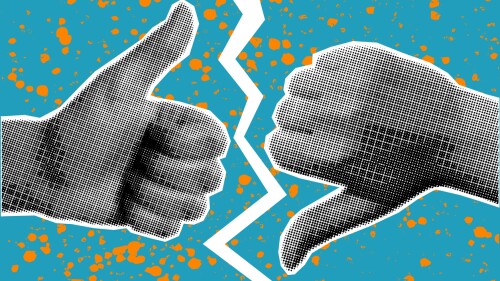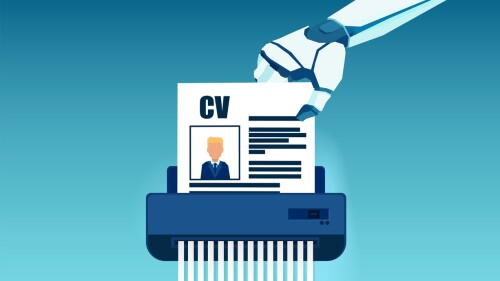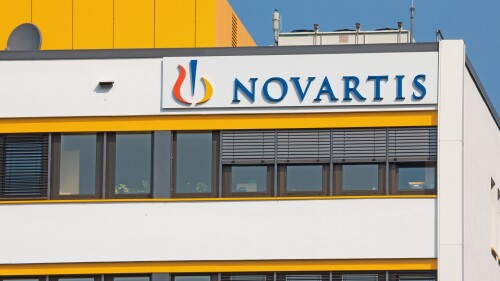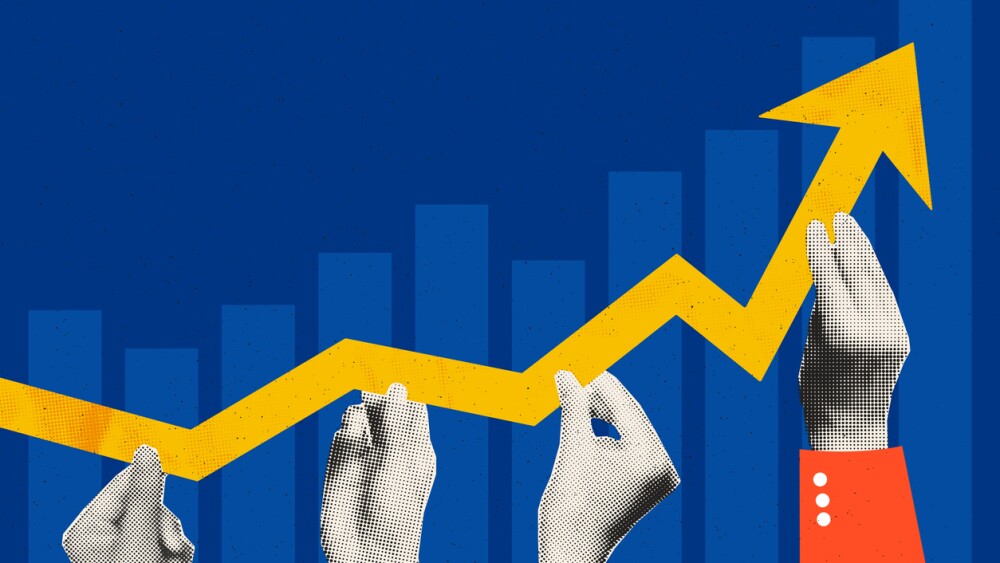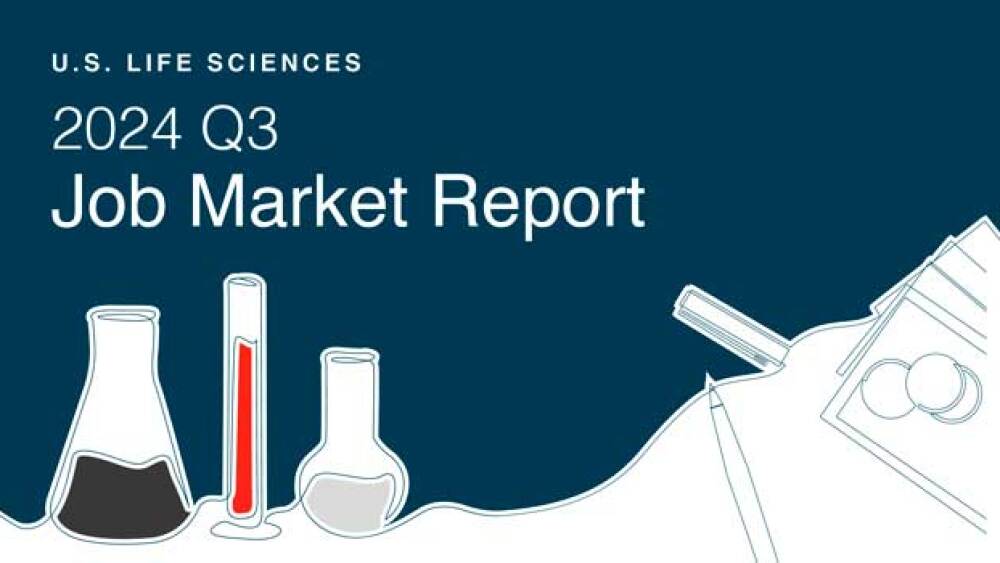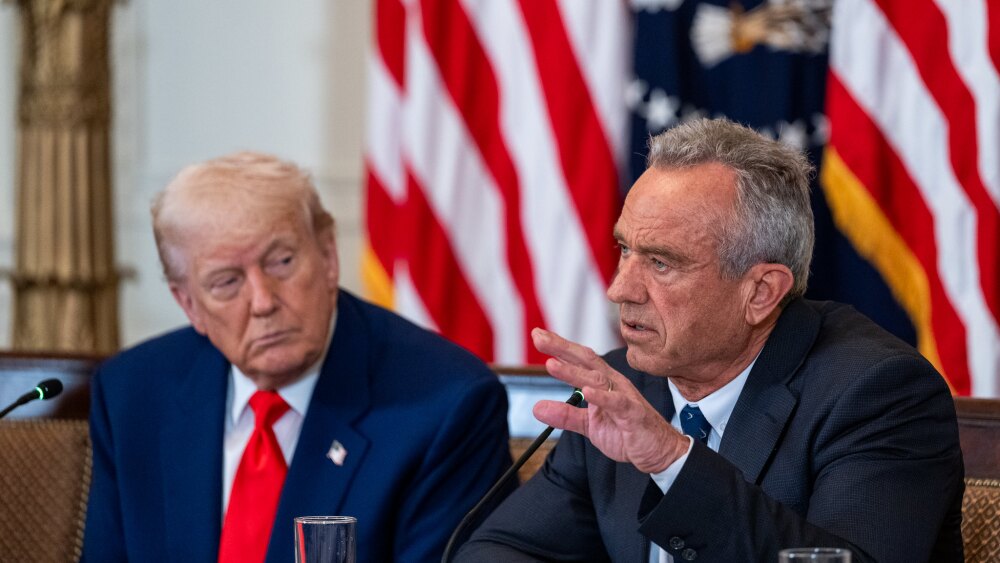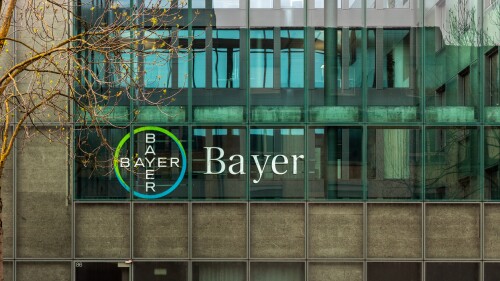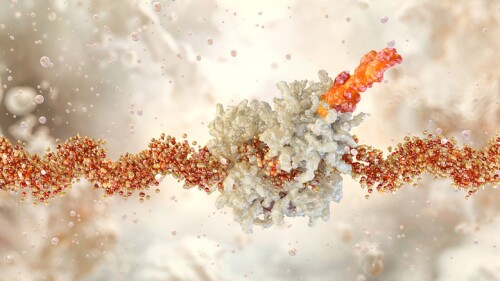The autoimmune and inflammatory disease–focused company canceled plans to go public earlier this year as the IPO window slammed shut.
These 27 markets, comprising countries across Asia, Europe and South America, together contributed some 12% of Lundbeck’s earnings in 2024.
Jefferies analysts expect a regulatory filing for rocatinlimab later this year, with a product launch in 2026.
Cullinan Therapeutics and Taiho Oncology’s zipalertinib elicited promising response rates in two mid-stage studies of non-small cell lung cancer patients with typical and uncommon EGFR mutations.
Former CDC director Susan Monarez and former chief medical officer Debra Houry will appear in front of the Senate HELP Committee on Sept. 17.
Novo Nordisk also lowered its full-year profit growth guidance in connection with the restructuring effort. The pharma now anticipates operating profit to grow from 4% to 10%, down from its prior projection of 10% to 16%.
FEATURED STORIES
After spinning out of BridgeBio in May 2024, BBOT had an eye on another round of fundraising in 2025. A SPAC quickly emerged as the best option.
Aside from the rare disease market, Novo Nordisk also scored a key regulatory win last month for its blockbuster GLP-1 drug Wegovy, which can now be used to treat patients with metabolic dysfunction-associated steatohepatitis.
After a demoralizing period punctuated by the withdrawal of one of the few marketed therapies for ALS, investment in new biotechs, state-backed collaborative initiatives and buzz at BIO2025 suggest a new day in drug development for one of medicine’s most intractable diseases.
With a flurry of recent Big Pharma investment in radiopharmaceutical therapeutics, the FDA issued draft guidance last month in a move former FDA Commissioner Stephen Hahn sees as the regulator “trying to get ahead on a new set of therapy that they see becoming very important for cancer.”
While trade groups hail the executive order as a national health security opportunity, analysts warn that production costs could go up in the near term.
During the COVID-19 pandemic, Health Secretary Robert F. Kennedy Jr.—along with FDA Commissioner Marty Makary and CBER Director Vinay Prasad—argued against vaccine mandates, partly because they limited medical choice. This week, the FDA under their leadership approved updated COVID-19 vaccines with restrictions that do the same.
LATEST PODCASTS
A draft copy of an upcoming MAHA report reveals a strategy in lockstep with recent HHS actions such as reviving the Task Force on Safer Childhood Vaccines; Viking Therapeutics reports robust efficacy from mid-stage oral obesity candidate but is tripped up by tolerability concerns; Novo Nordisk wins approval for Wegovy in MASH; and Lilly takes a pricing stand.
In this episode of Denatured, BioSpace’s head of insights Lori Ellis discusses the ‘enormous implications’ of patent policy changes with Aaron Cummings and Anne Li of Brownstein Hyatt Farber Schreck.
Prasad Returns, Delany Departs, Lilly’s Weight Loss Pill Disappoints and Sarepta’s Fallout Continues
CBER Chief Vinay Prasad reclaimed his job less than two weeks after his mysterious exit; MAHA implementor Gray Delany is out after reportedly sparring with other agency officials over communications strategy; Eli Lilly’s first Phase III readout for oral obesity drug orforglipron missed analyst expectations; and Arrowhead Pharmaceuticals addresses the recent woes of its of partner Sarepta.
Job Trends
Companies sometimes miss the mark when it comes to telling employees they’re out of a job. From accidental goodbyes to surprise meetings, there are many strange ways biopharma professionals have learned about layoffs.
Subscribe to Genepool
Subscribe to BioSpace’s flagship publication including top headlines, special editions and life sciences’ most important breaking news
SPECIAL EDITIONS
In this deep dive, BioSpace explores the diverse therapeutic modalities now in development, as well as the opportunities and battles for market dominance in this emerging space.
Year-over-year BioSpace data show there were fewer job postings live on the website in the fourth quarter of 2024, and the decrease was higher than the third quarter’s drop.
The J.P. Morgan Healthcare Conference started off with a flurry of deals that reinvigorated excitement across the biopharma industry. Johnson & Johnson moved to acquire Intra-Cellular Therapies for $14.6 billion, breaking a dealmaking barrier that kept Big Pharma’s 2024 biotech buyouts to under $5 billion.
DEALS
-
Out-licensing drugs to multinational corporations is a natural step for Chinese biotechs, but the recent rise in deals is only scratching at the surface of partnership-ready biotechs in the region.
-
The German giant is looking to develop new drugs for undisclosed eye diseases using Re-Vana’s extended-release injectable platform to supply drugs to the eye for months at a time.
-
The star of GSK’s Hengrui partnership is the COPD candidate HRS-9821, which will complement the pharma’s respiratory pipeline that’s anchored by the anti-asthma drug Nucala.
-
The collaboration focuses on ‘molecular gates,’ a class of molecules that the startup company Gate Bioscience says can stop pathogenic proteins from leaving the cell.
-
The partnership with Matchpoint Therapeutics gets Novartis global rights on all molecules for several unannounced inflammatory diseases identified through the biotech’s discovery platform.
WEIGHT LOSS
-
While Truist Securities analysts said the results from the ATTAIN-2 trial leave “room for competition,” they also pointed to a manufacturing advantage that could unlock a “double-digit billion dollar opportunity” for Eli Lilly.
-
Closely watched data from Eli Lilly and Viking Therapeutics this month have reignited the discussion around oral weight-loss drugs—and their ultimate place within the anti-obesity medication market.
-
The mad rush for safe and effective obesity drugs has winners—including Eli Lilly’s Zepbound and Novo Nordisk’s Wegovy—and losers. Here are five molecules that never made it to the market.
-
While it’s impossible to make apples-to-apples comparisons of the many obesity candidates with so many differences across clinical trials, we at BioSpace are giving it our best shot.
-
With results from highly anticipated trials of Eli Lilly’s orforglipron and Viking Therapeutics’ VK2735 “underwhelming” investors, William Blair’s Andy Hsieh predicts weight loss pills will play a bigger role in low- and middle-income countries than in the U.S.
POLICY
-
The new additions would bring ACIP membership to 14 total. Several of the proposed members have taken part in anti-vaccine activity or made anti-vaccine statements.
-
YouTube has shut down a channel containing hundreds of videos of comments made by doctors and other influencers—including CBER Director Vinay Prasad, Health Secretary Robert F. Kennedy Jr. and NIH Director Jay Bhattacharya—during the pandemic. This comes as Prasad reveals further details about last week’s updated COVID-19 approvals.
-
Albert Bourla heralded the president’s COVID-19 leadership and Operation Warp Speed initiative as a Nobel Prize–worthy achievement and said that Pfizer stands by the integrity of the data already shared.
-
In an opinion piece in the Wall Street Journal, Health Secretary Robert F. Kennedy Jr. said he will roll chronic disease programs into a new Administration for a Healthy America.
-
Paul Offit, longtime member of the FDA’s vaccine advisory committee and an outspoken critic of Health Secretary Robert F. Kennedy Jr., was recently informed by the Department of Health and Human Services that his services are no longer required.
Layoffs leave more than empty desks—they leave uncertainty, guilt and anxiety. Three simple steps will help you regain control of your work, well-being and career.
As they navigate a competitive job market, biopharma professionals are making four key interview mistakes, according to two talent acquisition experts. They discuss those errors and offer tips for how to get those critical conversations right.
Executive coaches can help executives take their game to the next level in four key ways, from improving their self-awareness to reshaping their thinking.
A BioSpace LinkedIn poll found that job ghosting and ghost jobs are the biggest pet peeves for applicants now. Recruitment Manager Greg Clouse offers advice on dealing with them.
Plus, how to use your network effectively and create job opportunities before they exist
M&As are stressful for multiple reasons, including role changes and getting laid off when staffs combine. Two talent experts share tips for navigating the transition period of your company’s merger or acquisition.
HOTBEDS
REPORTS
The 9% average salary increase from 2023 to 2024 was the largest for life sciences professionals since 2021. Several factors could be behind the spike, including companies providing higher pay because bonuses and stock compensation went down.
Landing a job remains challenging for life sciences professionals, according to a new BioSpace report. While 59% of surveyed organizations are actively recruiting, nearly half of unemployed survey respondents had been out of work for at least six months, and 20% of surveyed employers expect to lay off employees this year.
Year-over-year BioSpace data shows there are fewer job postings live on the website and far more competition for them.
CANCER
-
The Department of Health and Human Services’ mRNA pullback only applies to their use in upper respiratory disease, according to Secretary Robert F. Kennedy Jr.
-
After two patients who received the investigational CDC7 blocker died, pushing forward with SGR-2921’s development would be “difficult,” according to Schrödinger, whose stock dropped 17.5% before the opening bell on Thursday.
-
For $1.3 billion in aggregate—including upfront and milestone payments—Bayer will get exclusive global access to Kumquat Biosciences’ small-molecule KRAS G12D blocker.
-
Phase Ib data show Hernexeos can elicit a confirmed objective response rate of 44% in patients with HER2-mutated NSCLC who had previously been treated with a directed antibody-drug conjugate.
-
The recent announcement of RFK Jr.’s termination of mRNA vaccine contracts is the latest effort to undermine this promising technology at the federal level. Pharmaceutical companies and private investors must fill the gap and ensure that research into this critical resource continues.
NEUROSCIENCE
-
Novartis is licensing ARO-SNCA, a preclinical siRNA therapy for synucleinopathies, a group of neurodegenerative disorders including Parkinson’s disease.
-
While the approval of Leqembi Iqlik bodes well for Biogen and Eisai’s planned application for a subcutaneous induction regimen next year, its financial impact remains “uncertain,” as potentially higher revenues from the injection could be offset by steeper costs of production, according to Jefferies.
-
In another blow to Prothena’s neurodegenerative disease portfolio, anti-amyloid candidate PRX012 has run into the same problem that larger peers Biogen and Eli Lilly have battled: high rates of swelling in the brain.
-
AMX0035—approved as Relyvrio in 2022 for amyotrophic lateral sclerosis but voluntarily pulled from the market last year—was unable to distinguish itself from placebo in a mid-to-late-stage trial of progressive supranuclear palsy.
-
Novartis has bet up to $772 million to gain access to BioArctic’s BrainTransporter platform, which was leveraged in a partnership with Eisai to produce Leqembi.
CELL AND GENE THERAPY
-
Jefferies analysts said these detailed safety outcomes confirm the gene therapy’s positive risk/benefit profile in ambulatory patients with Duchenne muscular dystrophy.
-
Skysona can now only be used in patients with cerebral adrenoleukodystrophy who have no available treatment alternatives or stem cell donors.
-
In the wake of multiple patient deaths from liver injuries related to Sarepta Therapeutics’ AAV gene therapy platform, some in the sector are looking for ways to improve the current technology, while others are eager to move on.
-
Sarepta did not hold an investor call for its second-quarter earnings report or provide an updated full-year revenue outlook.
-
From innovation in manufacturing to more-flexible regulation and better communication with payers, much needs to happen to make CGTs commercially viable. But it is possible, experts agreed at a recent panel.







